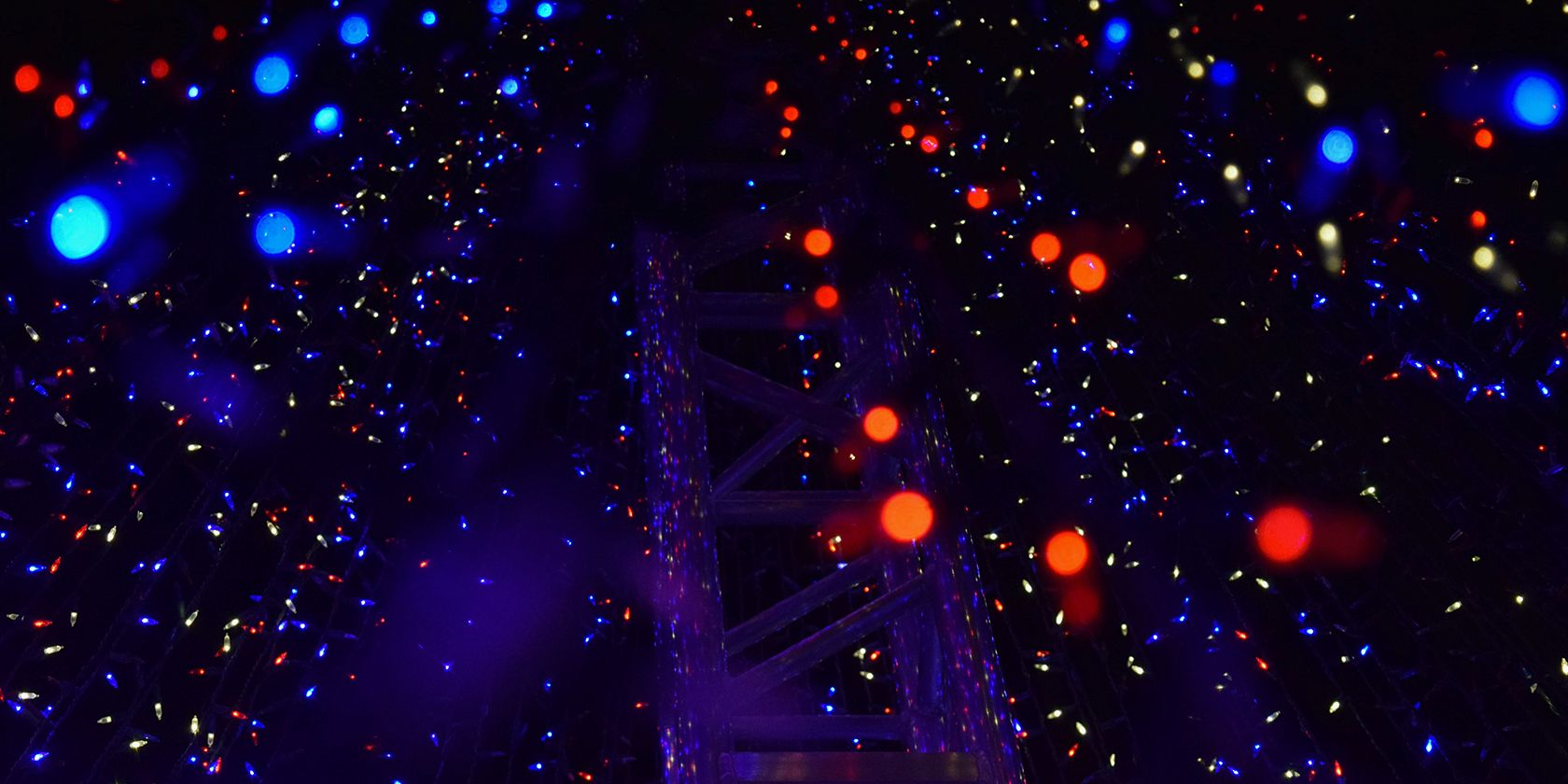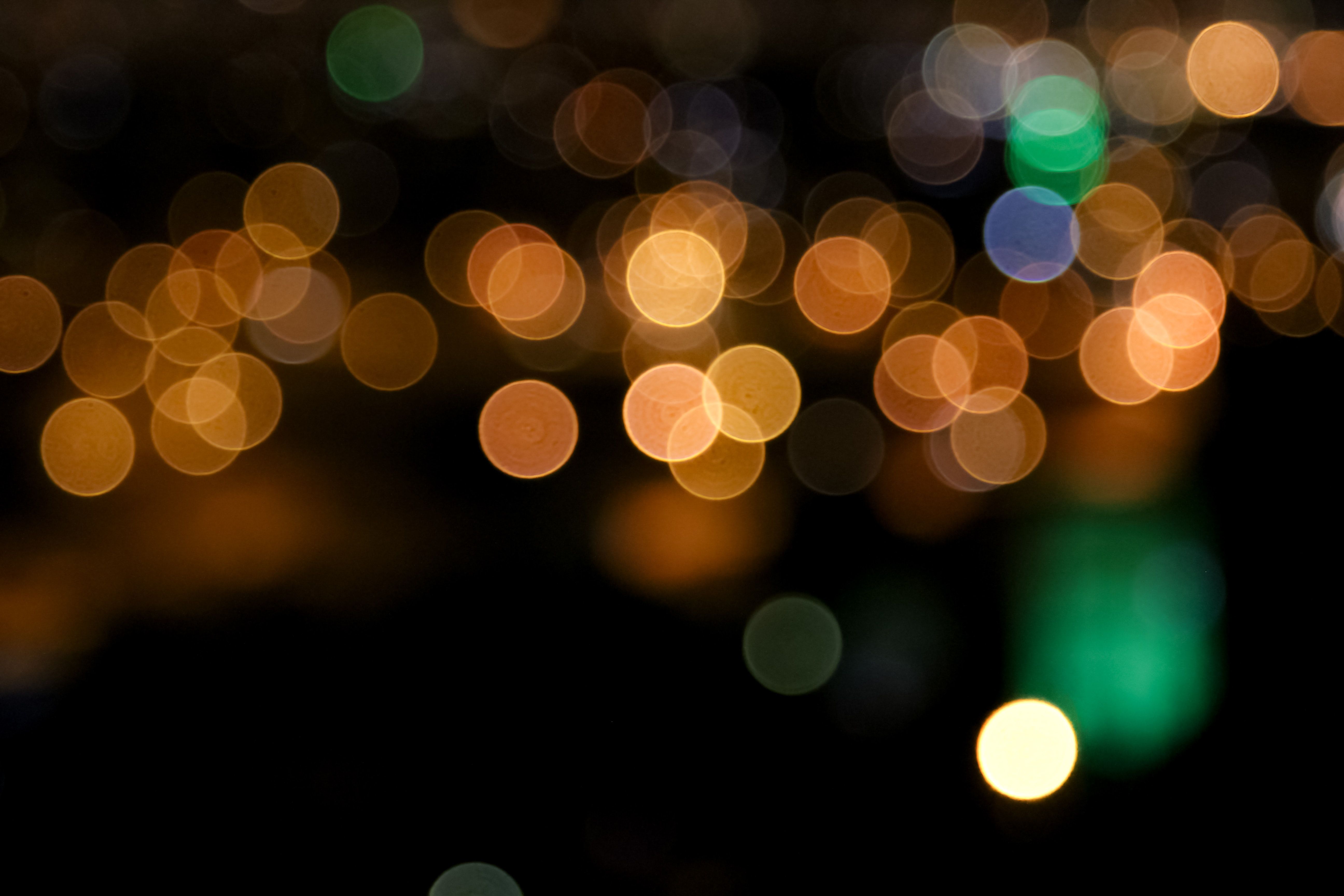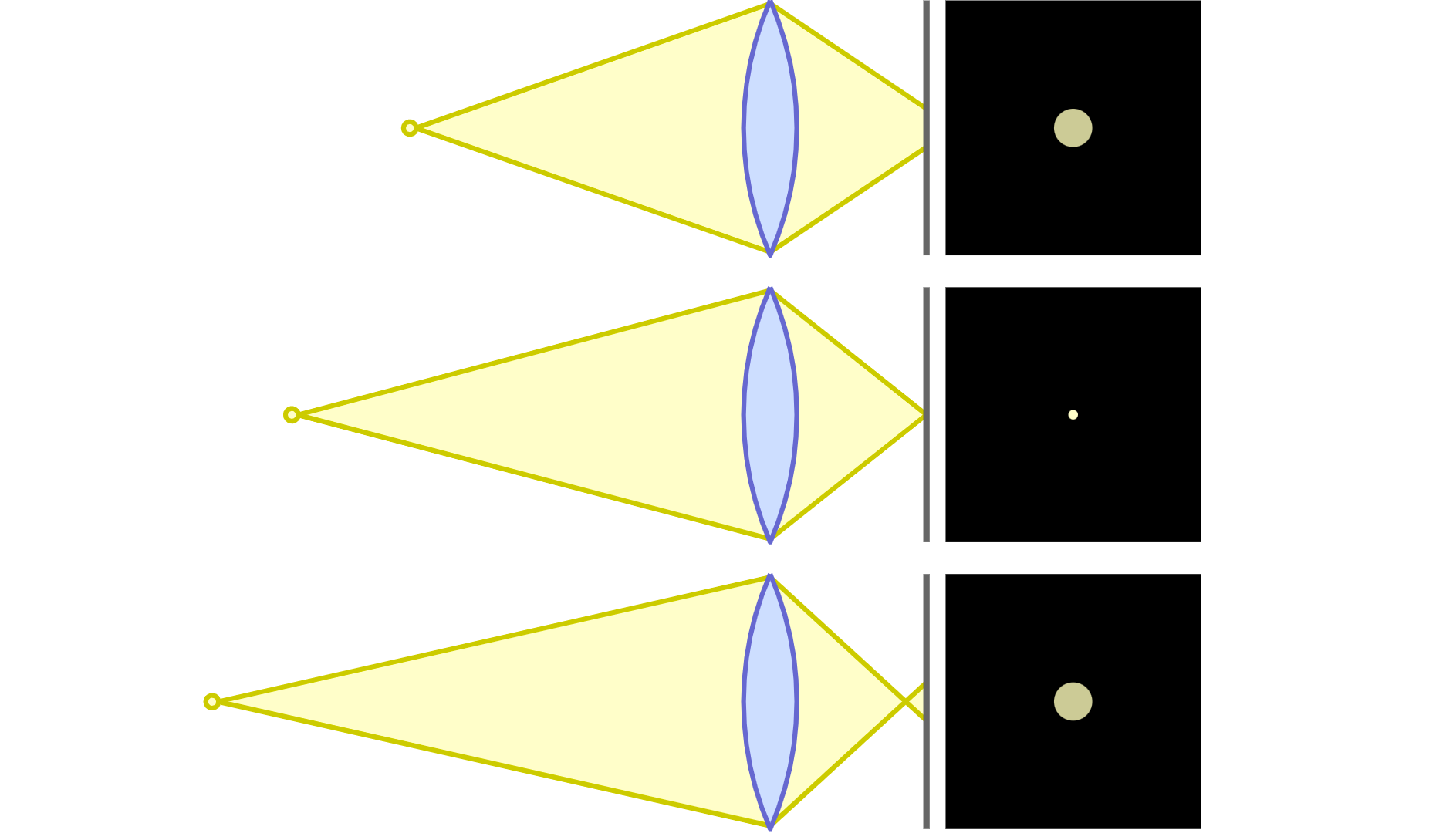When an object is out of focus, it exceeds a threshold of acceptable sharpness called the circle of confusion. What exactly is the circle of confusion, and how can you use it in your photos?
It's not as complicated as it might seem at first. In fact, you might find adopting this concept into your own work is an intuitive process. Here's our take on this interesting way of considering the way that you shoot.
What Is the Circle of Confusion?
The circle of confusion (CoC) occurs at the point where an incoming ray of light intersects with the plane of photography.
The shape of the lens bends the incoming light. The diameter at which the focal plane intersects this optical column determines how "in focus" this part of the image will be.
The circle of confusion is the widest diameter that allows a point of light to reach the sensor, while still rendering the subject that sent it in focus.
An object in perfect focus would consist of points of light that are all individually narrower than the circle of confusion. You can think of it a bit like DPI in print, or pixel resolution on a screen. Each point of light makes up the overall image.
Why Does This Matter at All?
The circle of confusion is an optical concept, but you don't need a degree in physics to use it. You might regularly use depth of field to isolate a subject from its background. If so, you probably already have a good idea of how the circle of confusion works.
If you love bokeh, the circle of confusion will be of particular interest. It's one of the most literal, visual representations of the principle. Depth of field and the circle of confusion walk hand-in-hand.
As a general rule, the diameter of your aperture will be greatly influenced by the circle of confusion. Most photographers know that the wider your aperture, the more beautiful your bokeh will usually be.
This extent of the effect relates directly to the circle of confusion. The wider the aperture, the more distance incoming light has to converge between the plane of photography and the point where the aperture cuts the incoming light.
For those who love the look of a narrow depth of field, this concept will come naturally to you. Think about the difference between shooting a string of Christmas lights at f/22 vs. f/1.8. They're two very different approaches, resulting in two completely different photos.
What Is the Circle of Confusion? A Technique for Every Type of Photo
The circle of confusion is one of the most integral concepts in the world of photography.
For those who love the look of a shallow depth of field and a totally isolated subject, the CoC is a vital concept to understand. Mastering it will give you complete control over composition, no matter what conditions you happen to be shooting in.



